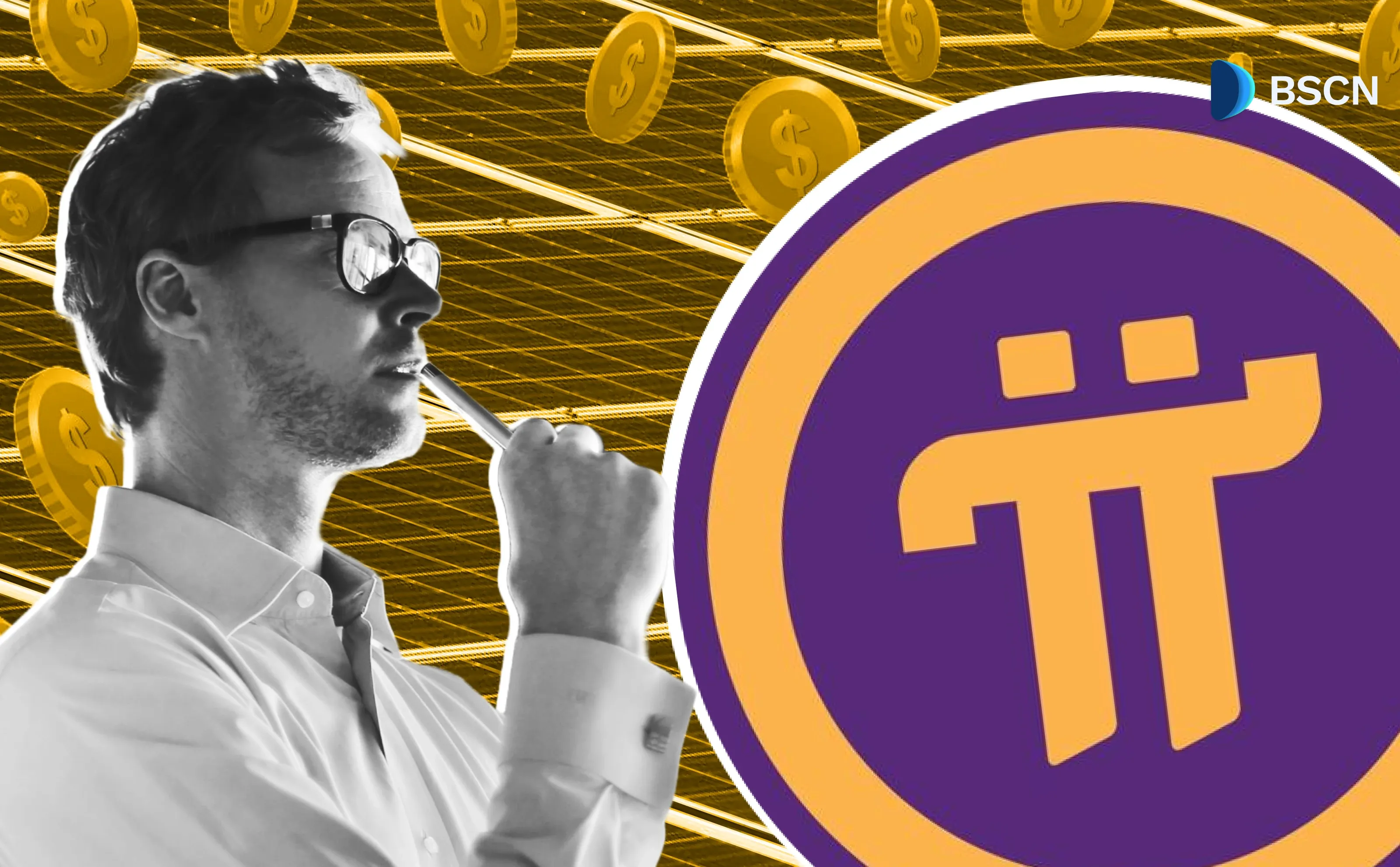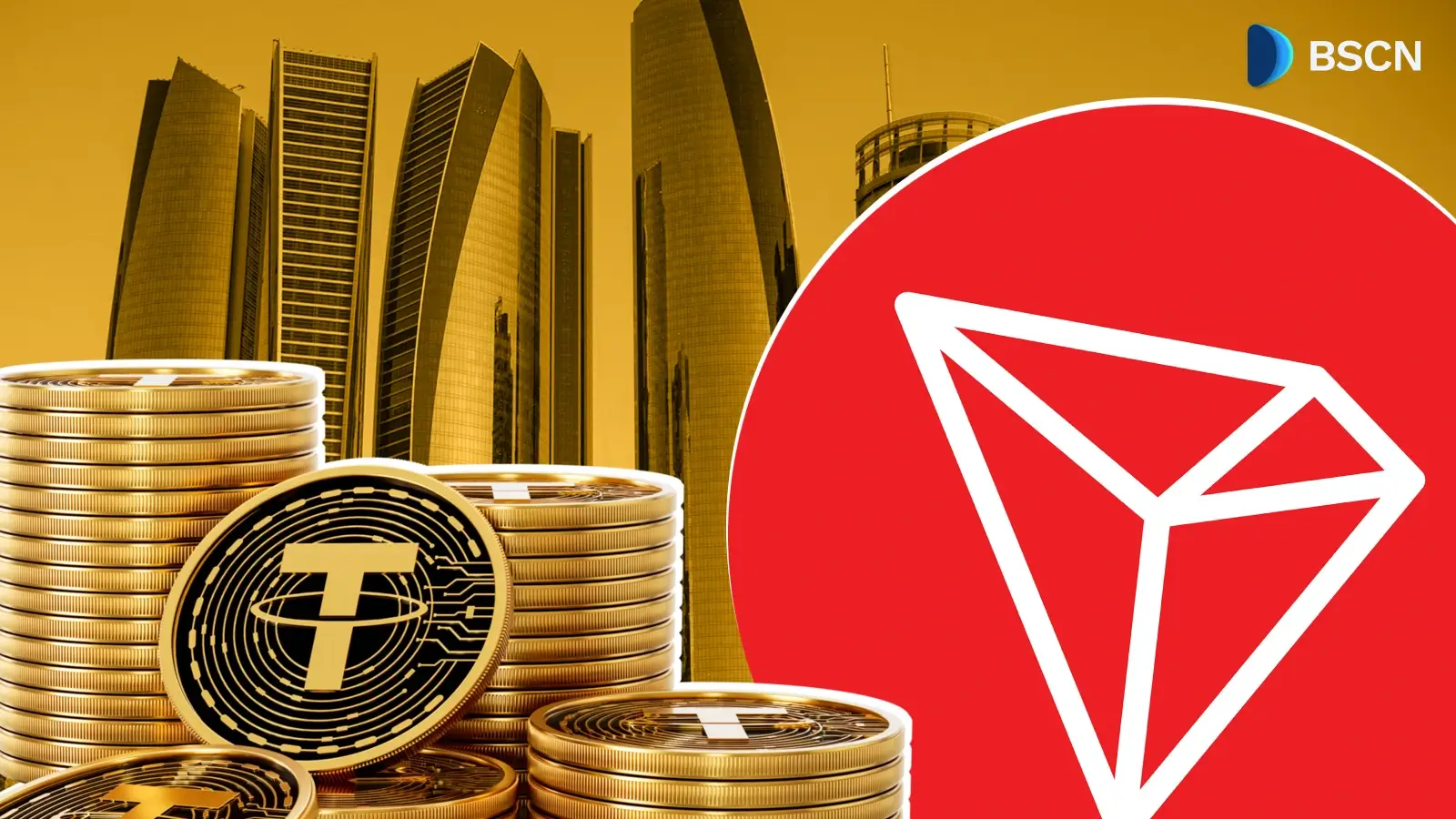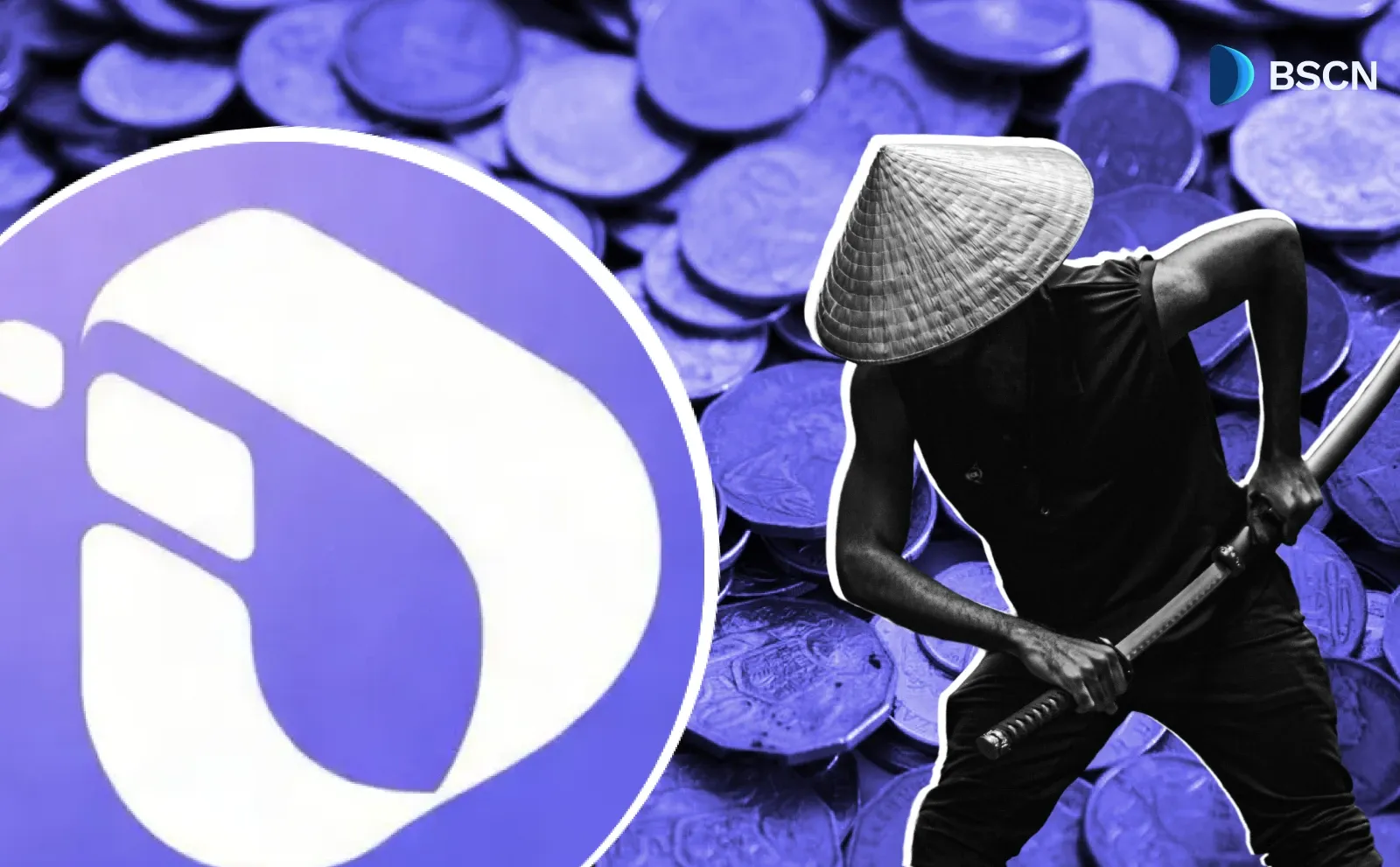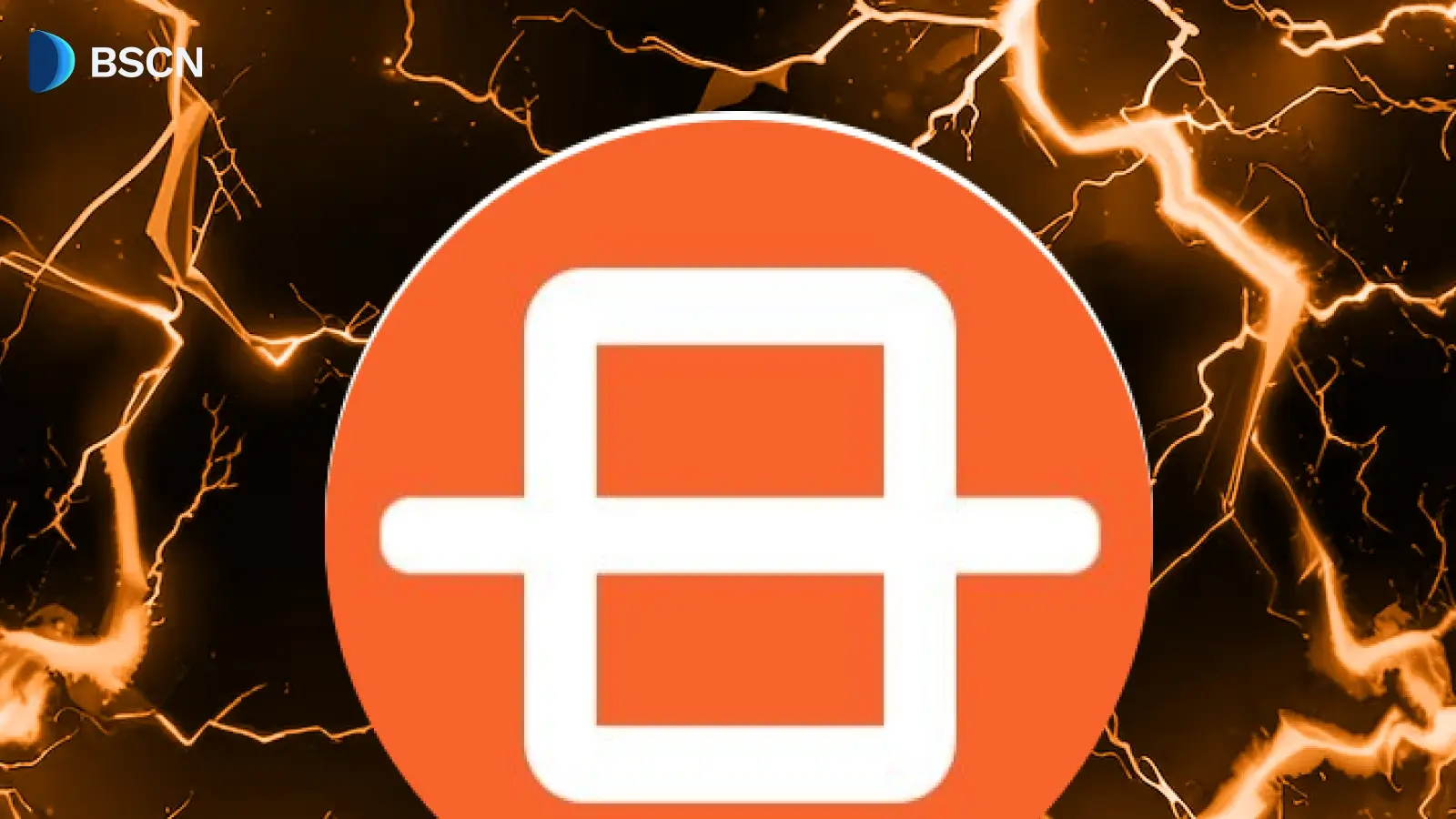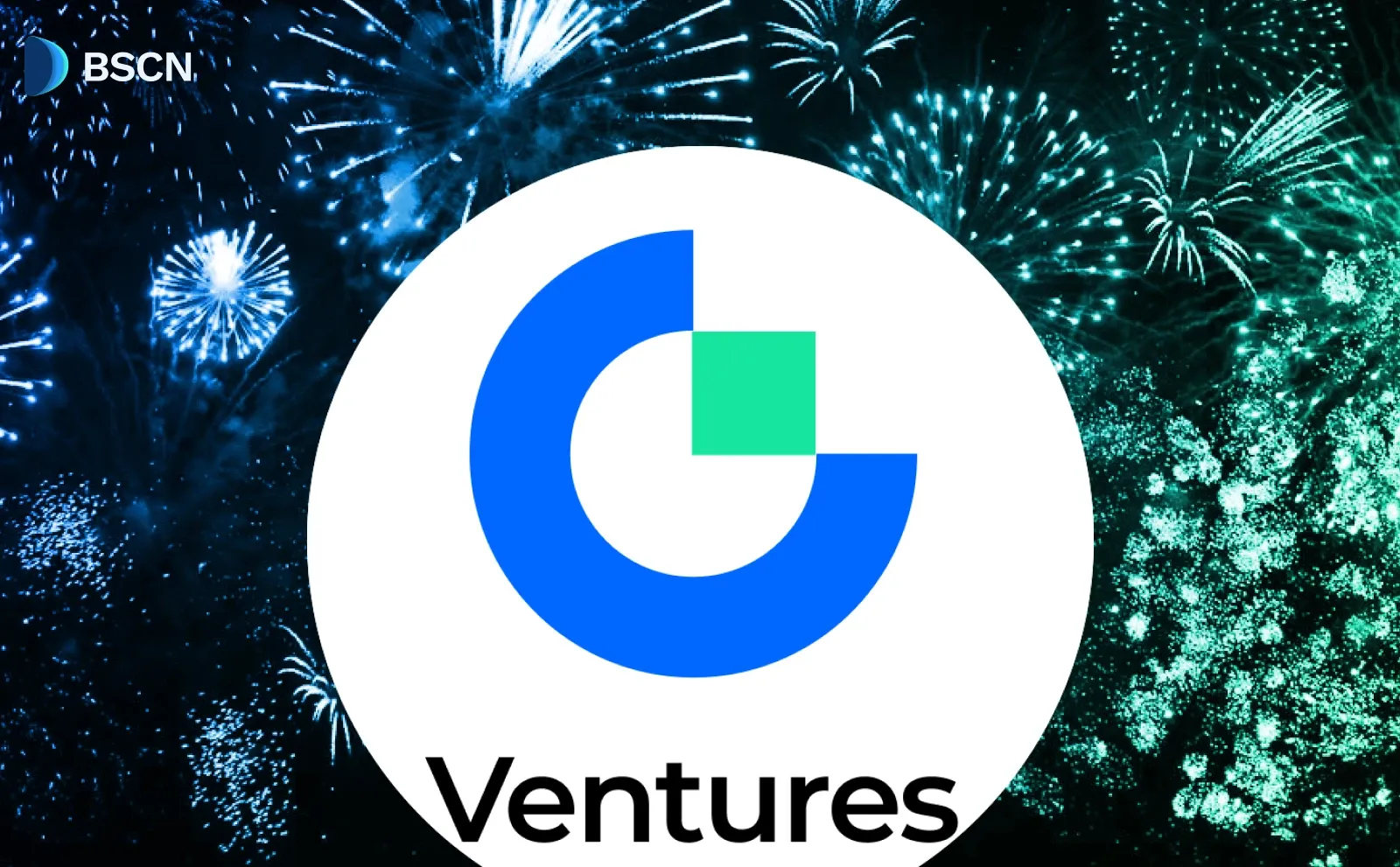Deepdive
(Advertisement)
LayerEdge Deepdive: Testnet Followed by Airdrop & TGE?

Can Bitcoin scale with LayerEdge's ZK proofs? Learn how this verification layer processed 450,000+ zero-knowledge proofs to transform Bitcoin into a global trust computer with BitVM technology.
Crypto Rich
April 8, 2025
(Advertisement)
Table of Contents
What Is LayerEdge and How Does It Extend Bitcoin?
Bitcoin's reputation as digital gold often overshadows its potential for broader use. LayerEdge redefines this by turning Bitcoin into a decentralized verification layer, extending its robust Proof-of-Work security to other blockchains and systems.
According to its March 2025 whitepaper, LayerEdge transforms Bitcoin into a "global trust computer" that can secure various digital systems, including finance applications, artificial intelligence, Internet of Things devices, and networks that connect physical infrastructure to blockchains.
The system builds on Bitcoin's trusted Proof-of-Work security and enhances it with two powerful technologies:
- Zero-knowledge proofs: Allow information to be verified without revealing sensitive data
- BitVM: Enables complex computations to run using Bitcoin's blockchain without changing Bitcoin's core code
Core Technology Explained
LayerEdge operates through a three-part architecture outlined in the whitepaper: provers generate proof of computation, aggregators batch these proofs together, and verifiers validate the results. This process collects verification proofs from many different sources and combines them into batches, saving on costs and reducing the amount of blockchain space needed. The system then records these combined results on Bitcoin using BitVM technology, creating a reliable data layer that many applications can share.
The system also works with the Ethereum Virtual Machine (EVM), which means millions of developers who already build on Ethereum can easily use LayerEdge's security features.
Major Cost Reduction
One of LayerEdge's biggest achievements is making verification much more affordable. Without this technology, each application would pay over $900 for verification services. With LayerEdge's method of combining verifications, this cost drops to under $20 per application when 50 or more applications share the system.
This 95% cost reduction was proven during the recent test period and is documented in detail in the updated whitepaper.
Incentivized Testnet Results and Timeline
LayerEdge launched its testing program in January 2025, inviting people around the world to run verification nodes and earn EDGE points as rewards. The testing concluded in March 2025 after running through two main phases.
Phase 1: Closed Browser Testing
From January 22 to February 28, 2025, LayerEdge ran its first testing phase. This initial phase focused on browser-based lightweight nodes. Participants needed to keep their nodes running at least half the time. Access was limited to invited users who received special access codes.
Phase 2: Expanded Testing with Command Line Nodes
The second phase ran from January 28 to March 25, 2025, with browser nodes ending slightly earlier on March 22. This phase introduced more powerful Command Line Interface (CLI) nodes that earned 2 points per second (twice the rate of browser nodes). Users could also complete additional tasks like submitting proofs and using ChatGPT to help create proofs. More people could join during this phase through invitation codes shared on social media.
How Users Participated
People joined the testnet through the LayerEdge dashboard website using wallets like MetaMask that work with Ethereum-based systems. The project offered several incentives to encourage participation. Node operators earned 1 point for each second their node remained online. Completing special tasks would earn 2,000 points. Participants could also purchase Pledge Pass NFTs for a small fee of 0.0009 ETH on the Base network, which will provide benefits during the upcoming token launch.
Testnet Performance Metrics
By March 2025, the LayerEdge testnet achieved remarkable results:
- Processed over 450,000 zero-knowledge proofs
- Combined these into 45,000+ aggregated proofs
- Recorded results on a private Bitcoin Signet
- Saved an estimated $3.5 million in verification costs
These figures, from the March recap, confirm the system's ability to scale while cutting verification expenses from over $900 to under $20 per application in a network with 50+ protocols.
Technical Innovations and Performance
LayerEdge introduces several technical advances that expand what Bitcoin can do while maintaining its strong security foundation.
BitVM and Future OP_CAT Integration
LayerEdge uses BitVM to enable complex verification on Bitcoin without requiring changes to Bitcoin's underlying code. According to the whitepaper, the current system uses BitVM for "optimistic verification" on Bitcoin. In the future, when the OP_CAT upgrade is activated on Bitcoin, native on-chain zero-knowledge verification will make the system even more efficient.
During the test period, LayerEdge used a private Bitcoin Signet to validate over 45,000 batched proofs, showing that the concept works in real-world conditions.
Network Effects and Scaling
One of LayerEdge's most valuable features is that it becomes more efficient as more applications join the network. The whitepaper specifies a 99% reduction in required blockspace via recursive ZK proof aggregation. When more systems use LayerEdge, verification costs decrease for everyone involved. This positive network effect was clearly demonstrated during the testnet, which handled over 450,000 individual proofs.
EVM Compatibility Layer
By working with the Ethereum Virtual Machine, LayerEdge combines Bitcoin's security with tools that developers already know how to use. This bridges Bitcoin's security to Ethereum ecosystems, powering more than just transfers—think AI verification, IoT data validation, and broader decentralized applications. The result is a more versatile Bitcoin that serves as a backbone for the next generation of blockchain innovation.
Community Growth and Development Progress
According to the March recap report, the LayerEdge testnet became one of the largest blockchain testing programs to date, with node operators participating from around the world.
The LayerEdge team publicly thanked these global node operators via X (Twitter) on March 26, 2025. The introduction of Command Line Interface nodes in March doubled the point earnings for participants who used them. The community grew significantly throughout both testing phases.
The project has maintained steady development progress with several important updates. In March 2025, the team released an updated whitepaper alongside the testnet recap. On April 2, 2025, they mentioned adding Proof of Humanity integration to prevent fake accounts before the token launch. The network architecture has been refined based on how the testnet performed.
LayerEdge is now preparing for its mainnet launch, with a Token Generation Event in the works. According to project documentation, 9% of the total token supply is reserved for distribution to early supporters. People who hold Pledge Pass NFTs will receive special benefits during this launch.
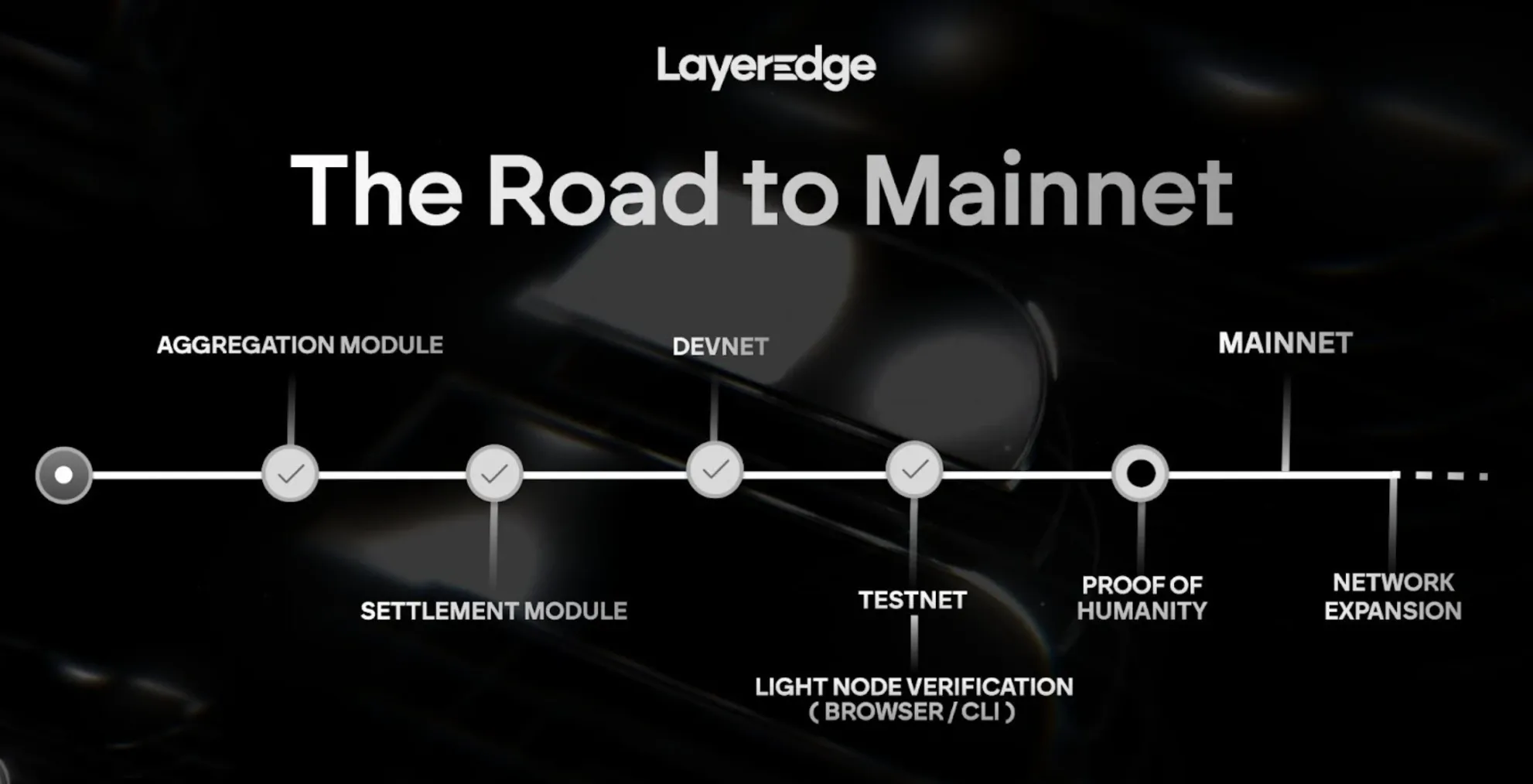
Why LayerEdge Matters for Bitcoin's Future
LayerEdge represents a significant step forward in how Bitcoin can be used within the broader technology landscape.
The whitepaper positions Bitcoin not just as digital gold, but as a trust layer for a decentralized internet. The successful batching of 45,000+ proofs during the testnet shows this vision is technically achievable.
LayerEdge connects Bitcoin to rollups and Ethereum-compatible chains, bringing Bitcoin's proven security to modular blockchain growth. This approach could help resolve long-running debates about the best way to secure blockchain systems.
The system makes it possible to verify computations for artificial intelligence, Internet of Things data, and networks that connect physical infrastructure to blockchains. This positions Bitcoin as a foundation for future technologies that need reliable verification.
Perhaps most importantly, the March 2025 testnet results prove LayerEdge isn't just a theoretical concept. The system scales effectively, maintaining Bitcoin's strong security guarantees while dramatically reducing verification costs.
What's Next for LayerEdge
LayerEdge's successful testnet, which concluded in March 2025, is just the beginning. The system validated its design by batching 45,000+ proofs on a Bitcoin Signet, hinting at its mainnet potential.
As LayerEdge moves toward its mainnet launch, the technology could change how we think about trust in digital systems. By extending Bitcoin's security to other applications through zero-knowledge proofs and BitVM, LayerEdge creates new possibilities for secure, verified computation across the internet.
For the latest updates on the LayerEdge mainnet launch and token generation event, users can follow:
- Website: layeredge.io
- X: @layeredge
- Telegram: https://t.me/layeredge
Read Next...
Disclaimer
Disclaimer: The views expressed in this article do not necessarily represent the views of BSCN. The information provided in this article is for educational and entertainment purposes only and should not be construed as investment advice, or advice of any kind. BSCN assumes no responsibility for any investment decisions made based on the information provided in this article. If you believe that the article should be amended, please reach out to the BSCN team by emailing [email protected].
Author
 Crypto Rich
Crypto RichRich has been researching cryptocurrency and blockchain technology for eight years and has served as a senior analyst at BSCN since its founding in 2020. He focuses on fundamental analysis of early-stage crypto projects and tokens and has published in-depth research reports on over 200 emerging protocols. Rich also writes about broader technology and scientific trends and maintains active involvement in the crypto community through X/Twitter Spaces, and leading industry events.
(Advertisement)
Latest News
(Advertisement)
Crypto Project & Token Reviews
Project & Token Reviews
Comprehensive reviews of crypto's most interesting projects and assets
Learn about the hottest projects & tokens





